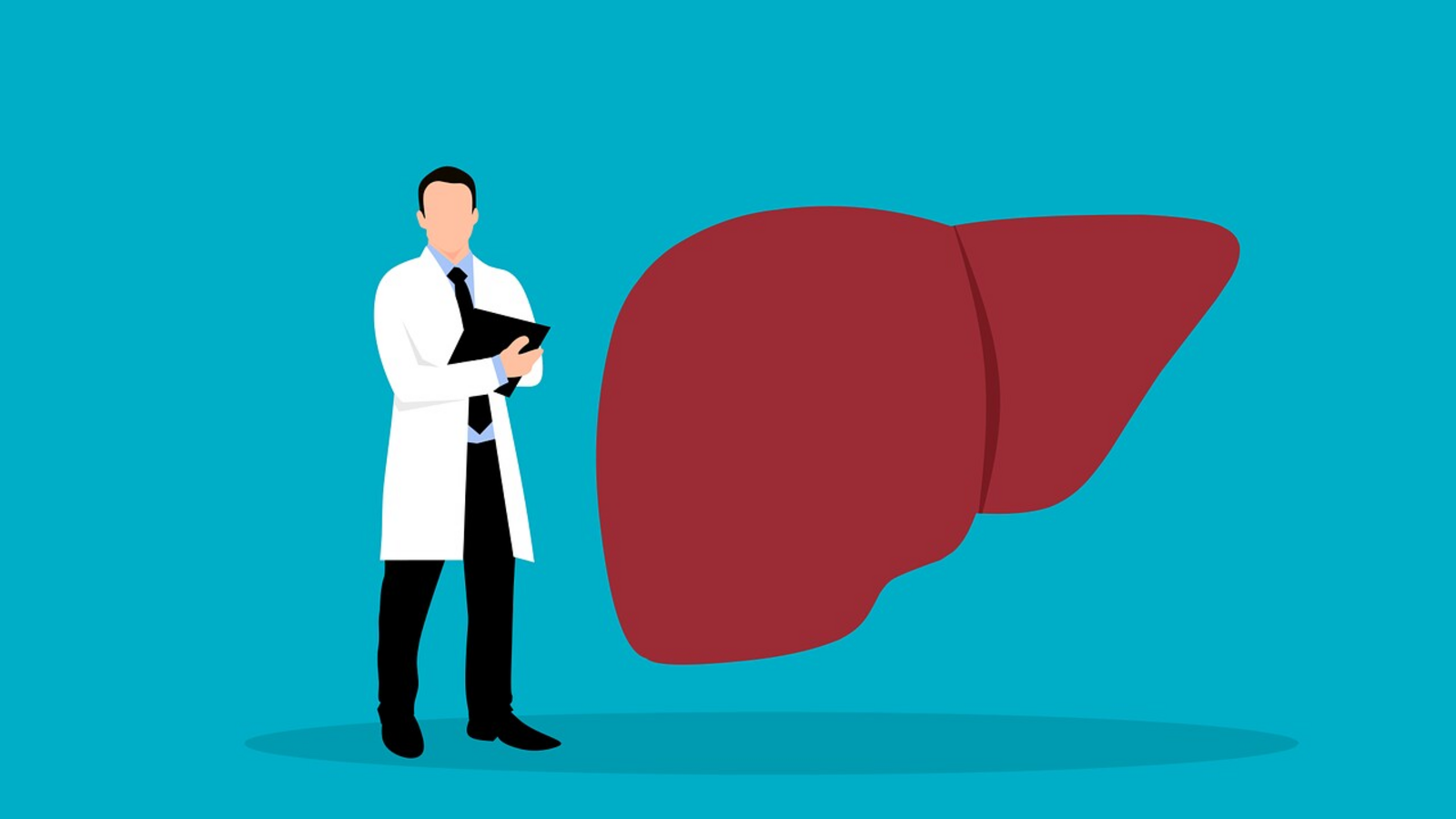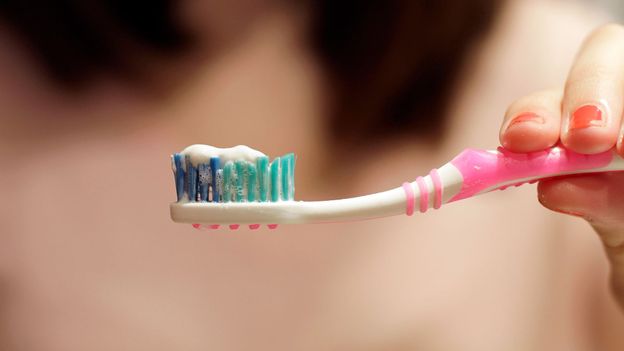But Hartmann sees this as less of a concern for people who do live together. “People who live together share a higher proportion of the microbes in their mouth than people who don’t,” she says. “I doubt this is driven by such an indirect route as storing toothbrushes close by, as opposed to the more direct route of kissing or less indirect route of sharing.” (It’s worth noting that dog owners will often share many of the same microbes as their pets).
Indeed, some of the viruses found on toothbrushes could in fact be working in our favour – Hartmann and her team found that toothbrushes host thriving communities of viruses known as bacteriophages, which infect bacteria rather than humans and can help to control their numbers.
What’s the risk?
In most cases the risk from pathogens is small, agrees Zinn, but it could be more of a concern for those whose immune systems are compromised, meaning they are more prone to infections. Zinn’s research, along with other similar studies that have sequenced bacterial DNA from toothbrushes, have found that at least some of these bacteria carry genes that make them resistant to antibiotics. This means that if they do cause infections they are harder to treat. But Zinn adds that in his study these genes were at “at relatively low levels” and so only present “a moderate concern from a public health perspective”. One study of 50 toothbrushes from students in Italy, however, found all of them carried bacteria that were resistant to multiple drugs.
Some toothbrushes come infused with antimicrobial treatments that are marketed as being a way to keep the bacteria living on your brush under control. But most studies seem to indicate that these treatments do little to limit the number of bacteria living on your brush, and may even lead to an increase in antimicrobial-resistant species.
In fact, allowing your toothbrush simply to air dry at room temperature in an upright position after use can be a simple way of reducing the microbes living there. Many viruses, including influenza and coronaviruses, break down as they dry out. Bacteria such as Streptococcus mutans, which are a major contributor to tooth decay, can remain viable on toothbrush bristles for up to eight hours but by 12 hours they begin to die off.
First Appeared on
Source link













